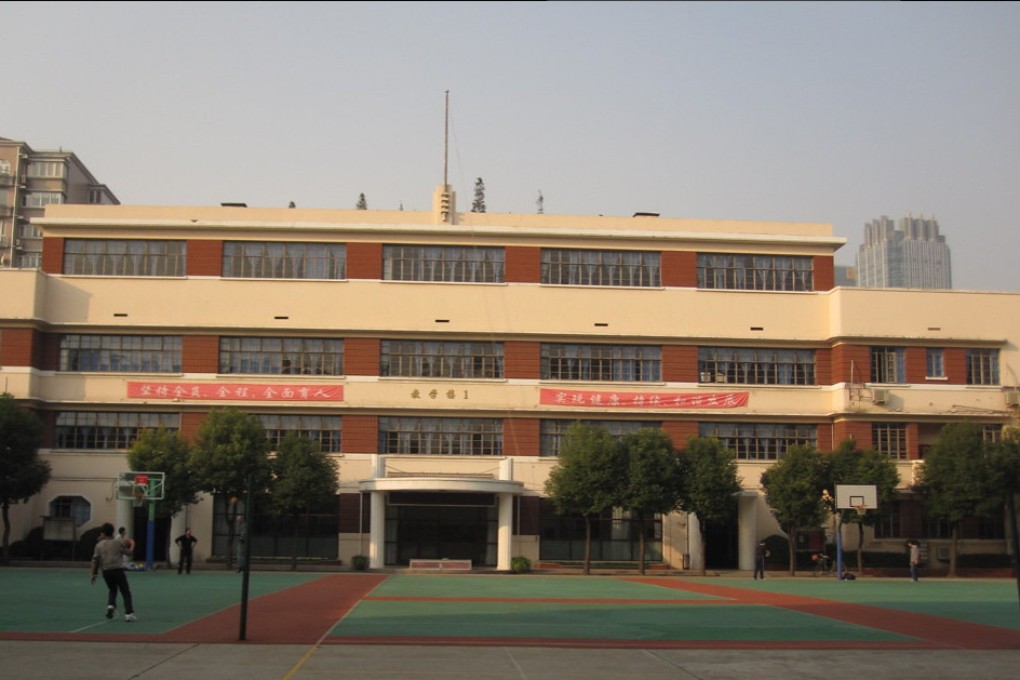Modernism in Shanghai – an A-Z, from art deco via Lu Xun and Wing On to Zhang Ailing
- As modernism gained traction globally in the early 20th century, in Asia it was Shanghai that embraced the philosophical and cultural movement like no other

A hundred years ago, the way the world looked and sounded was being shaped by a host of new technologies that allowed soaring skyscrapers, “talking pictures” at the cinema and a radio in every home.
Artists, architects, musicians and writers responded to these developments with new sets of aesthetics such as jazz rhythms, abstract painting and forms of literature, all of which were such departures from their categorical norms that they came to be known, collectively, as modernism.
American poet Ezra Pound designated 1922 as “Year One” of this new cultural landscape, and the world’s ever-growing cities were the incubators for these movements, as artists were drawn to create in cities being reimagined by “modernist” architects in New York, London, Berlin, Moscow and Paris.
In Asia, no urbanity launched itself into the experiment of modernism so wholeheartedly as Shanghai. Which makes sense for Asia’s one true, freewheeling, laissez-faire melting pot at the time. This most cosmopolitan of cities craved the new, and in the golden years before the Japanese invasion of World War II, Shanghai’s denizens eagerly blended the city’s own Chinese heritage with contemporary European, American and Japanese influences.

Modernism came to define Shanghai in its heyday, and it exhibited much the same spirit of its Western counterparts of the time, and like Weimar-era Berlin or Belle Époque Paris, the 1920s and 30s in China’s most notorious port city would provide its greatest creative legacy – to such an extent the period can be catalogued, even today, all the way from A to Z.
